The Southeast region, the economic heart of Vietnam, is undergoing a dramatic transformation, not only in industrialization but also in adopting innovative and sustainable growth models.
With a strategy focusing on high technology, smart agriculture and digital transformation, this region not only enhances production capacity but also creates a solid foundation for comprehensive development, affirming its role as a national growth engine in the new era.
Wave of model transformation
The Southeast is witnessing a strong wave of transformation in the growth model, especially the development of high-tech and sustainable industrial parks.
Binh Duong, Dong Nai and Tay Ninh are three typical provinces with breakthrough strategies to combine economic growth with environmental protection, towards sustainable development in the future.
In Binh Duong, the LEGO Factory, with an investment capital of 1.3 billion USD, is a clear demonstration of the combination of high technology and sustainable production.
Mr. Pham Trong Nhan, Director of Binh Duong Department of Planning and Investment, affirmed that LEGO is not only a large investment project but also helps the province access global high-tech standards. This factory not only produces high-quality products but also applies advanced technologies to minimize environmental impact.
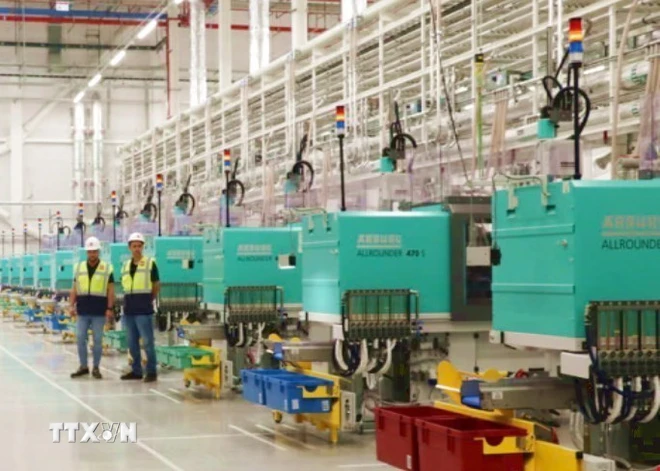
LEGO is also part of the strategy to attract businesses to invest in smart industrial models, contributing to the transformation of Binh Duong's growth model from traditional industry to high-tech industry.
Another typical model in Binh Duong is the Jakob Saigon Factory in Tan Uyen City. The factory not only focuses on production efficiency but also pays special attention to environmental protection. With nearly 40% of the factory area covered with greenery and solar energy systems installed, Jakob Saigon contributes to reducing greenhouse gas emissions, creating a healthy working environment for workers and protecting the natural environment.
Mr. Truong Van Phong, Deputy Head of the Management Board of Industrial Parks of Binh Duong province, said that Jakob Saigon is a typical model of green industry, where the combination of economic development and environmental protection is the core factor.
Not only Binh Duong, Dong Nai is also making efforts to develop green industry. The province has 33 industrial parks; of which 31 are in operation. Dong Nai is encouraging businesses to invest in new technology and digital transformation, and at the same time building green and smart industrial parks.
One such example is the Amata Industrial Park, which has implemented an eco-model with the aim of saving costs and minimizing negative impacts on the environment. These industrial parks not only help save energy but also help create a sustainable production value chain, thereby attracting the attention of investors.
Tay Ninh is also a province that pays special attention to high-tech agriculture. The province aims to increase the proportion of high-tech agricultural products to 50% by 2030. High-tech agricultural projects, such as the DHN Tay Ninh livestock farm, are developing strongly, helping to achieve sustainable economic growth and protect the environment.
Mr. Gabor Fluit, General Director of De Heus Group, commented that Tay Ninh has great advantages thanks to its developed transport infrastructure and strategic location, especially its convenient connection with Cambodia. These factors help the province attract investors in the high-tech agricultural sector, creating a clean and sustainable source of raw materials for the agricultural processing industry.
Provinces in the region such as Binh Duong, Binh Phuoc, Dong Nai, Tay Ninh, etc. are implementing sustainable industrial and agricultural development strategies to not only increase production value but also ensure stable development in the long term. These strategies focus on combining economic development with environmental protection, minimizing the negative impact of industry on nature, and building smart, green and sustainable industrial parks.
Innovation Growth Pole
Digital transformation and green transformation are becoming solid pillars in the development strategy of the Southeast region.
Mr. Nguyen Thanh Toan, Director of Binh Duong Department of Industry and Trade, shared that Binh Duong is moving towards forming a smart city, where technology and innovation are being prioritized to modernize and develop sustainably. With the goal of developing solar power by 2030, the province plans to reach 1,497MW of solar power, and this figure will increase to 5,359MW by 2050.
Binh Duong has implemented incentive mechanisms to promote the development of solar power, especially rooftop solar power and solar power in industrial parks. This is an important step in the green transformation strategy, optimizing resources, avoiding waste, protecting the environment and improving the quality of life. The province is also implementing a smart management platform in 6 industrial parks to improve the efficiency of automated production activities and develop sustainable new-generation industries.
Meanwhile, Ms. Tran Thi Dieu Thuy, Vice Chairwoman of the Ho Chi Minh City People's Committee, emphasized that digital technology is the key driving force for Ho Chi Minh City to make a breakthrough in the coming period. The city aims to achieve 25% of GDP from the digital economy by 2025 and 40% by 2030. This vision is not only aimed at economic growth but also towards a green, smart, multi-centered city, closely connected to neighboring areas.
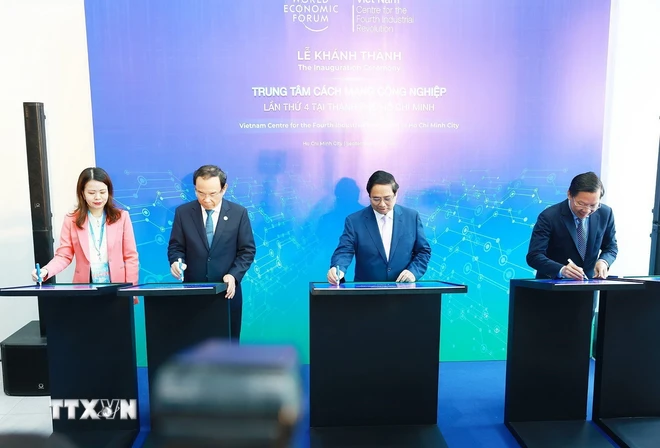
Recently, the Ho Chi Minh City Center for the Fourth Industrial Revolution (C4IR) officially came into operation, marking an important step forward in Vietnam’s digital transformation strategy. This is the first center in Vietnam and the second in Southeast Asia under the World Economic Forum (WEF) network, focusing on research and deployment of advanced technology solutions such as artificial intelligence (AI), IoT, and biotechnology.
Mr. Phan Van Mai, Chairman of the Ho Chi Minh City People's Committee, affirmed that the C4IR Center not only brings economic development opportunities to Ho Chi Minh City but also promotes the digital transformation process nationwide. With about 300,000 businesses operating, the city will create favorable conditions in terms of technology infrastructure, open policies and flexible support for businesses to access 4.0 technology solutions.
C4IR plays a central role in supporting innovative businesses and applying modern technology for digital and green transformation. Projects such as the Galaxy Innovation Hub and the High-Tech Development Support Fund have laid the foundation for the city's integration and sustainable development.
As the largest economic center of the country, Ho Chi Minh City is leading the way in realizing the goal of industrialization and modernization, aiming to become a smart city in the new era.
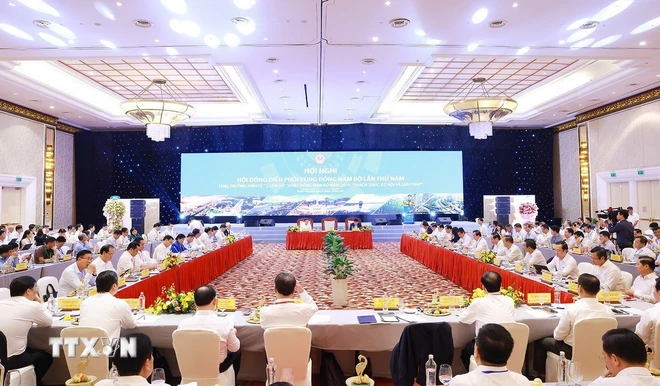
Resolution 24-NQ/TW dated October 7, 2022 of the Politburo on socio-economic development and ensuring national defense and security in the Southeast region until 2030, with a vision to 2045, also sets out the goal of developing the Southeast region in a sustainable and modern direction, focusing on digital economy, green economy and circular economy. At the same time, this region will focus on innovating the growth model and restructuring the economy, ensuring consistency with the strategy of sustainable development and adaptation to climate change.
With the goal of rapid and sustainable development, industrial, urban, service and logistics belts will be built in conjunction with traffic corridors. Maximizing internal resources combined with external resources will help the Southeast region become self-reliant and deeply integrate internationally./.
Source: https://www.vietnamplus.vn/chuyen-doi-mo-hinh-tang-truong-xay-dung-cac-khu-cong-nghiep-xanh-post999740.vnp








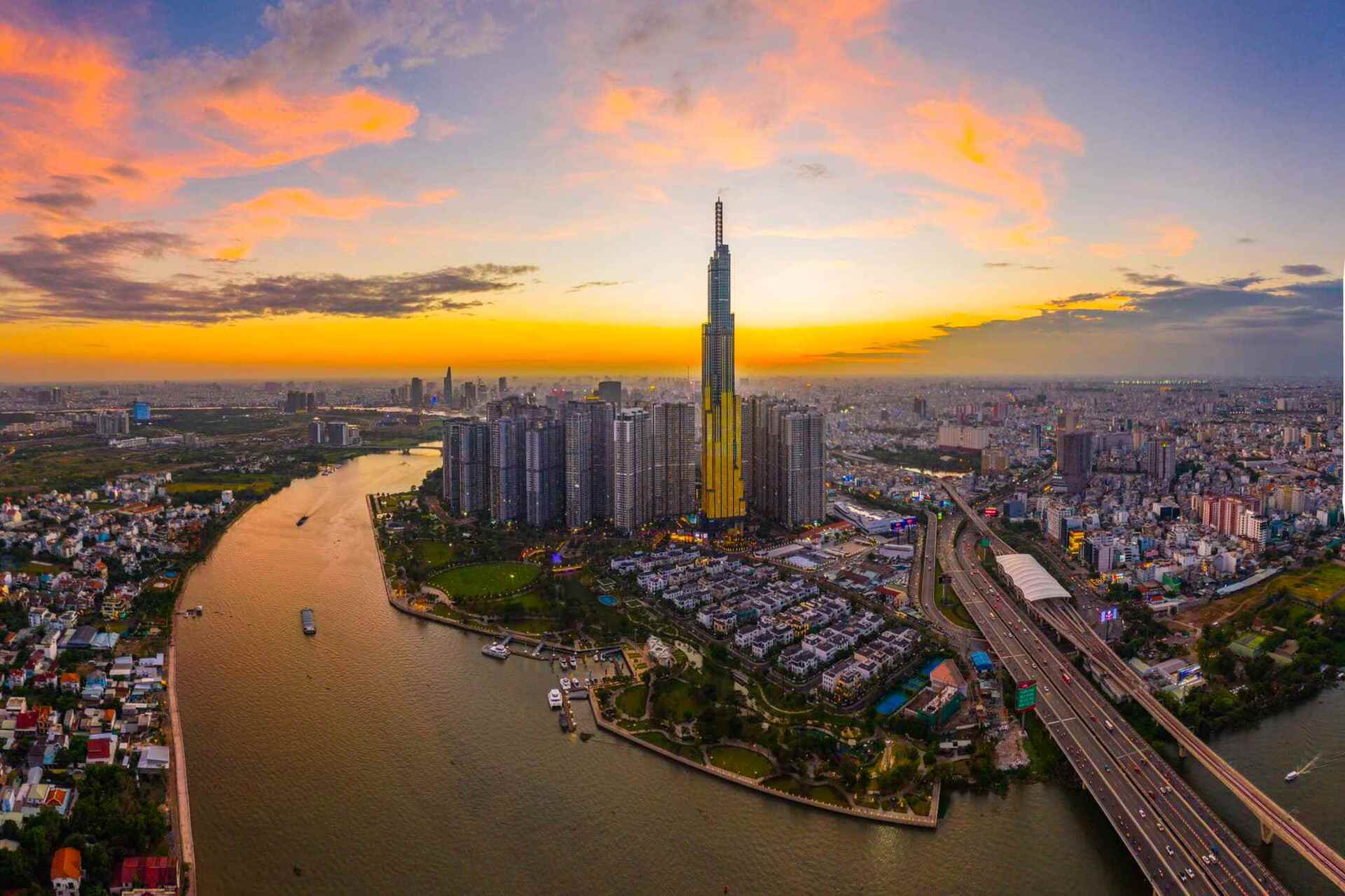

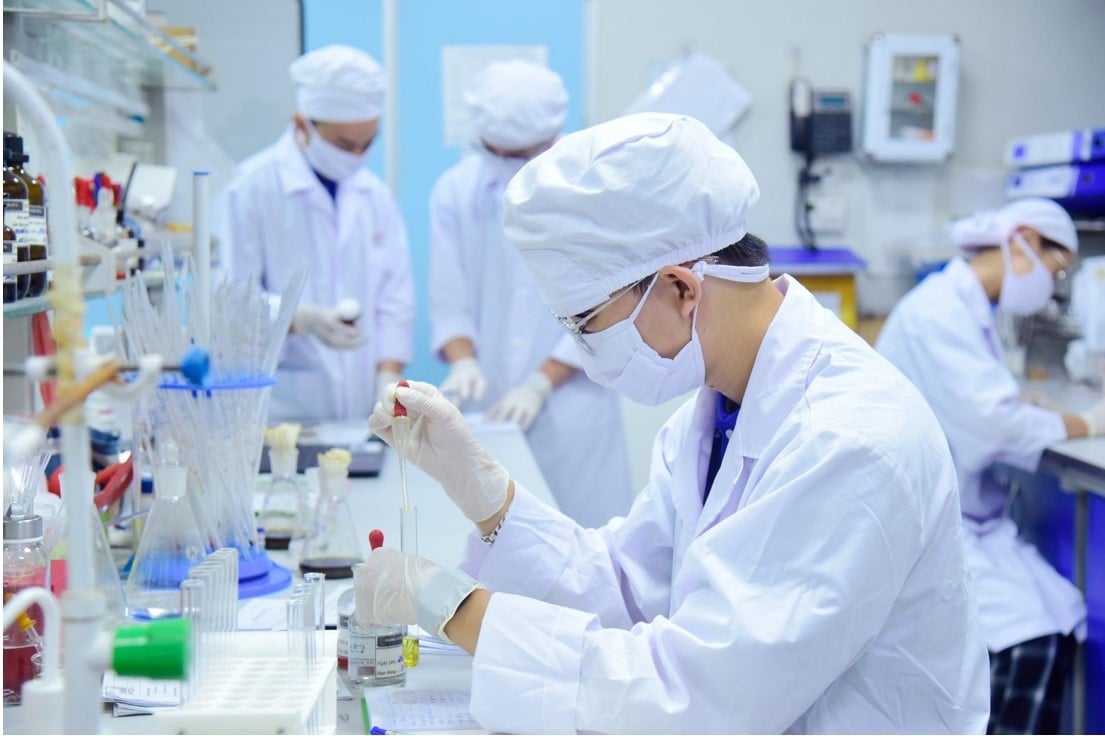

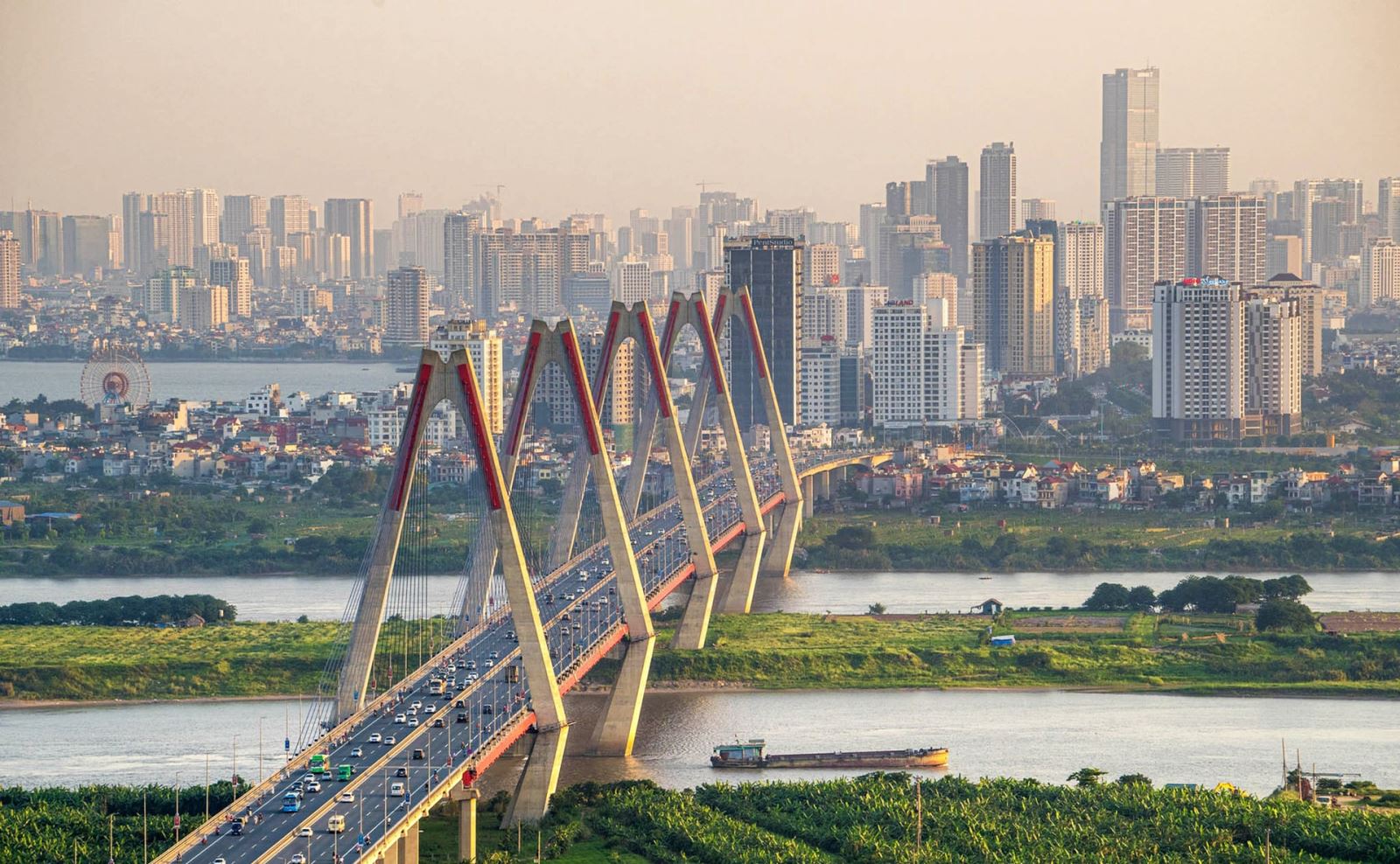
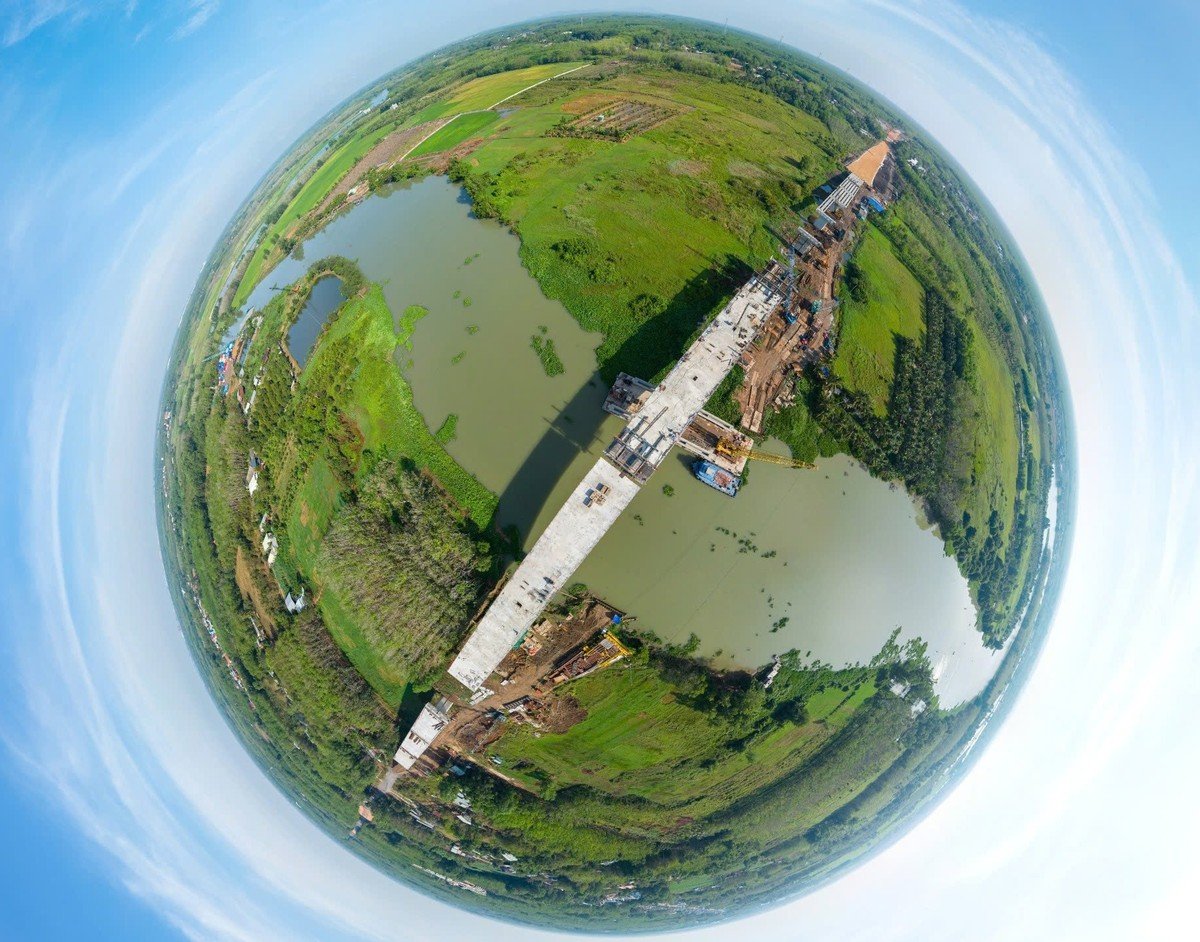



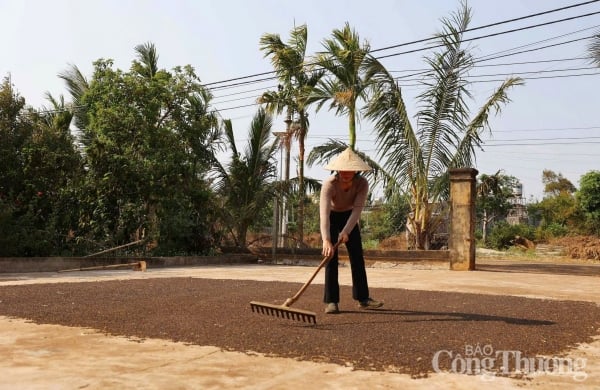




















![[Photo] Prime Minister Pham Minh Chinh chairs Government Conference with localities on economic growth](https://vstatic.vietnam.vn/vietnam/resource/IMAGE/2025/2/21/f34583484f2643a2a2b72168a0d64baa)










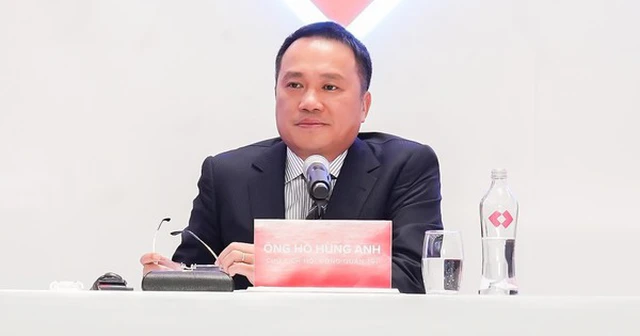

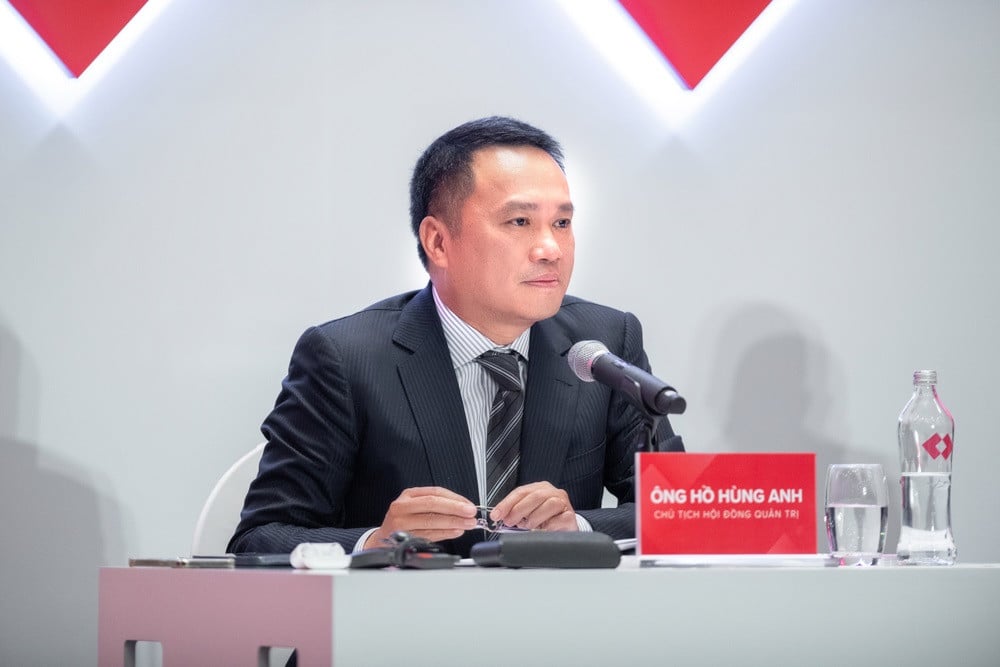
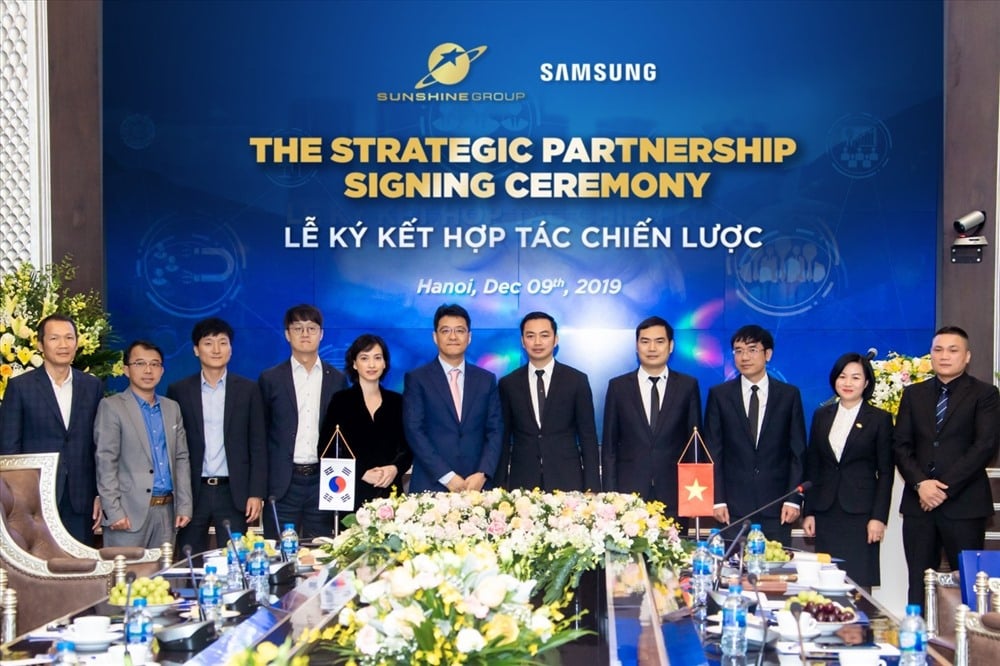
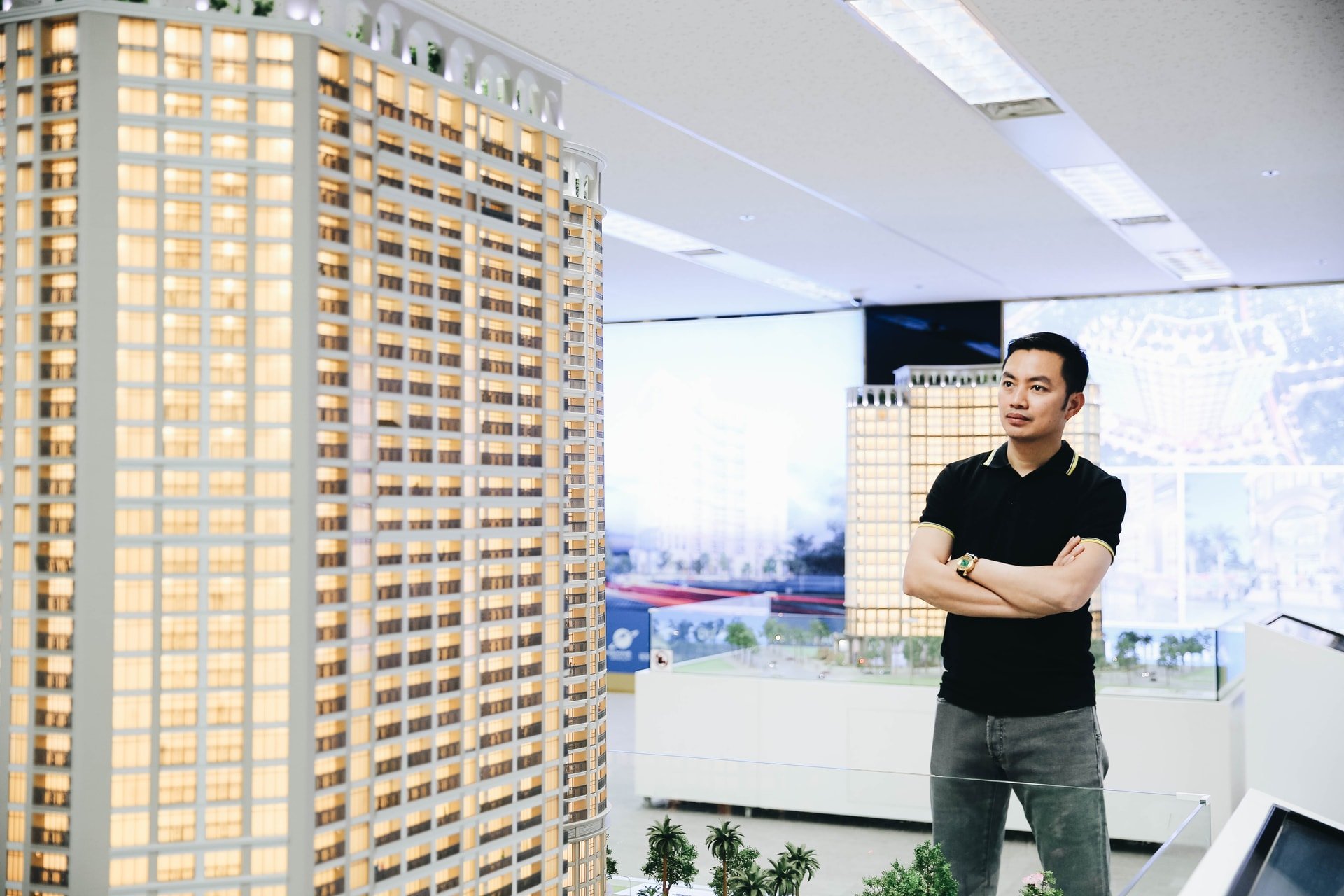

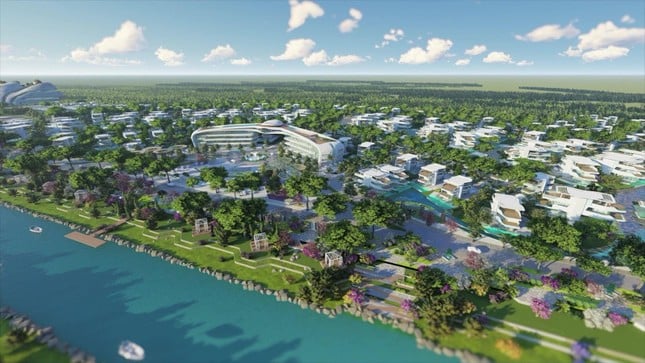
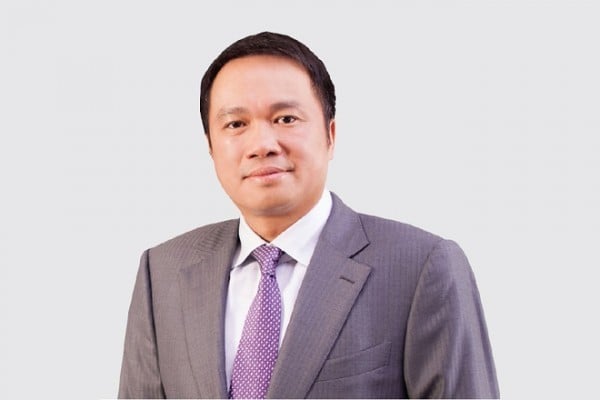







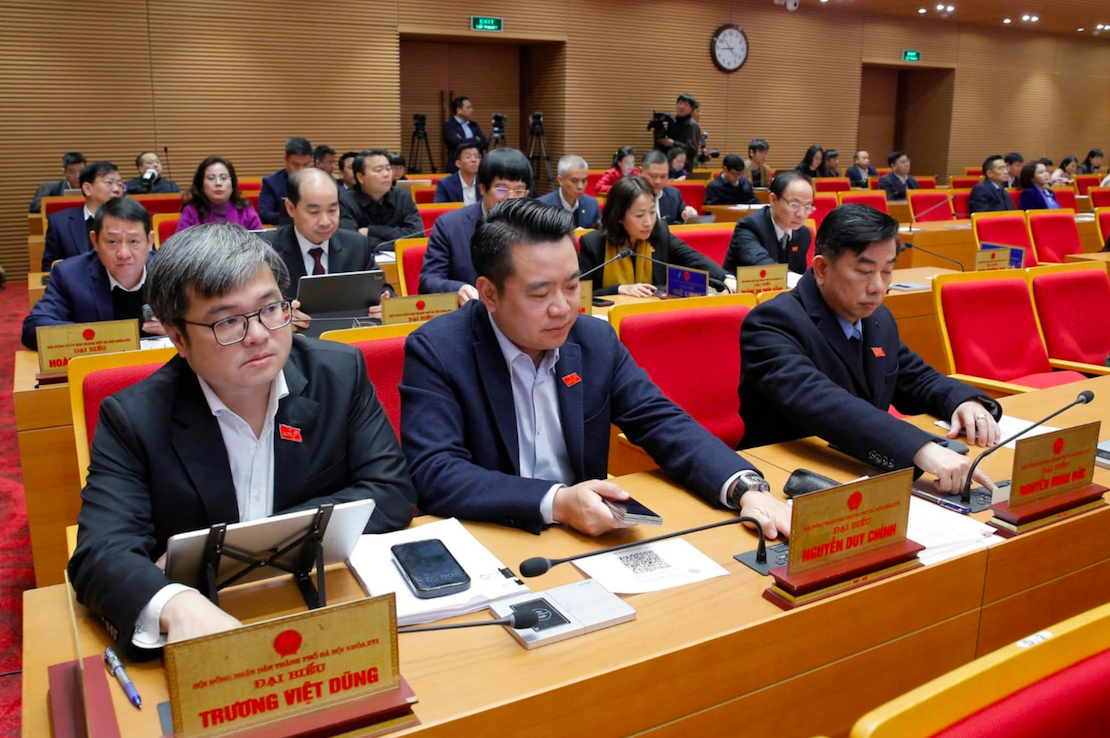
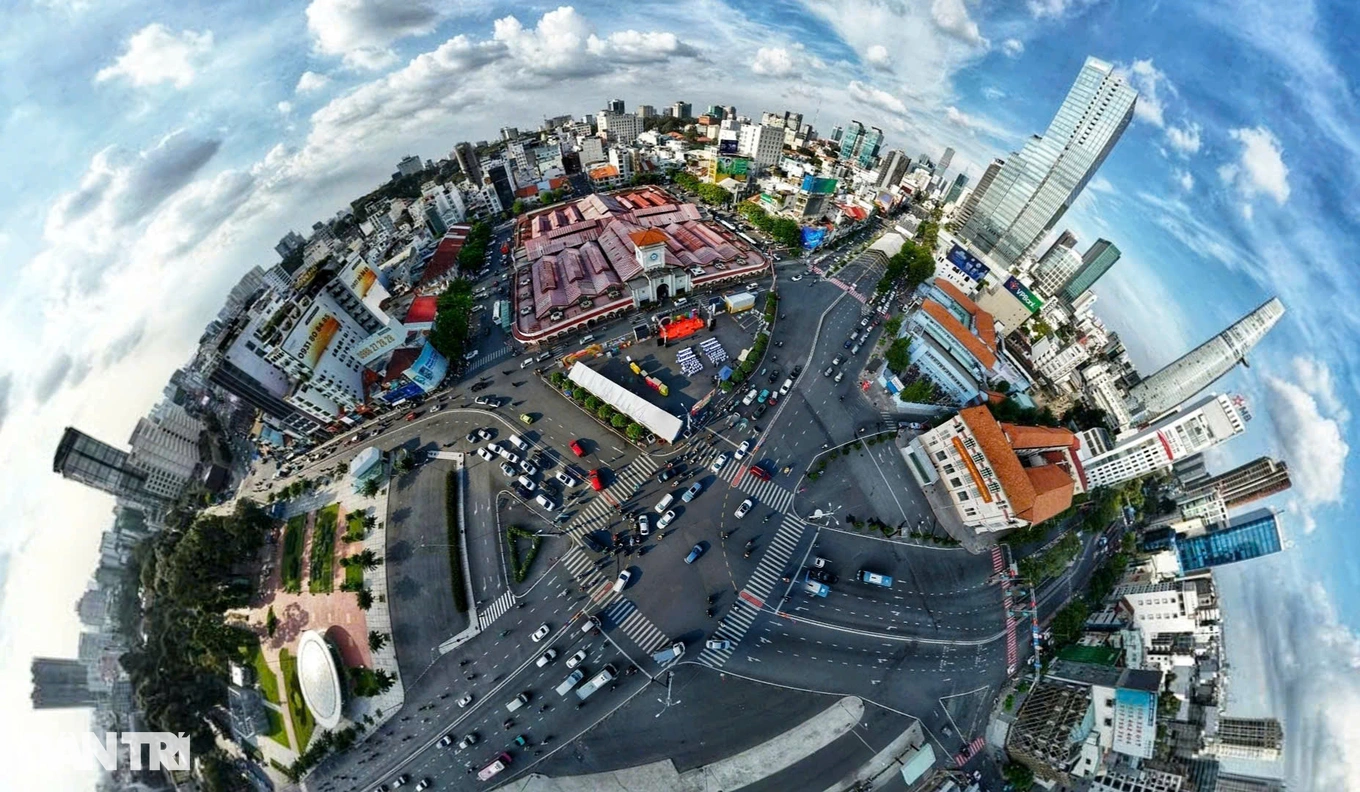

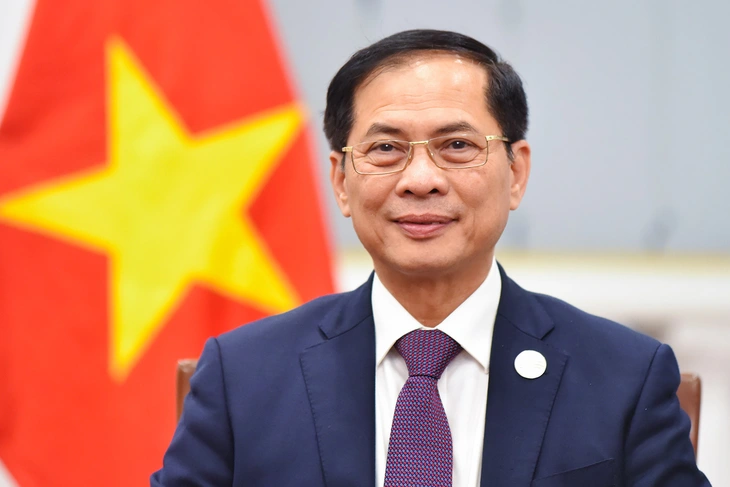

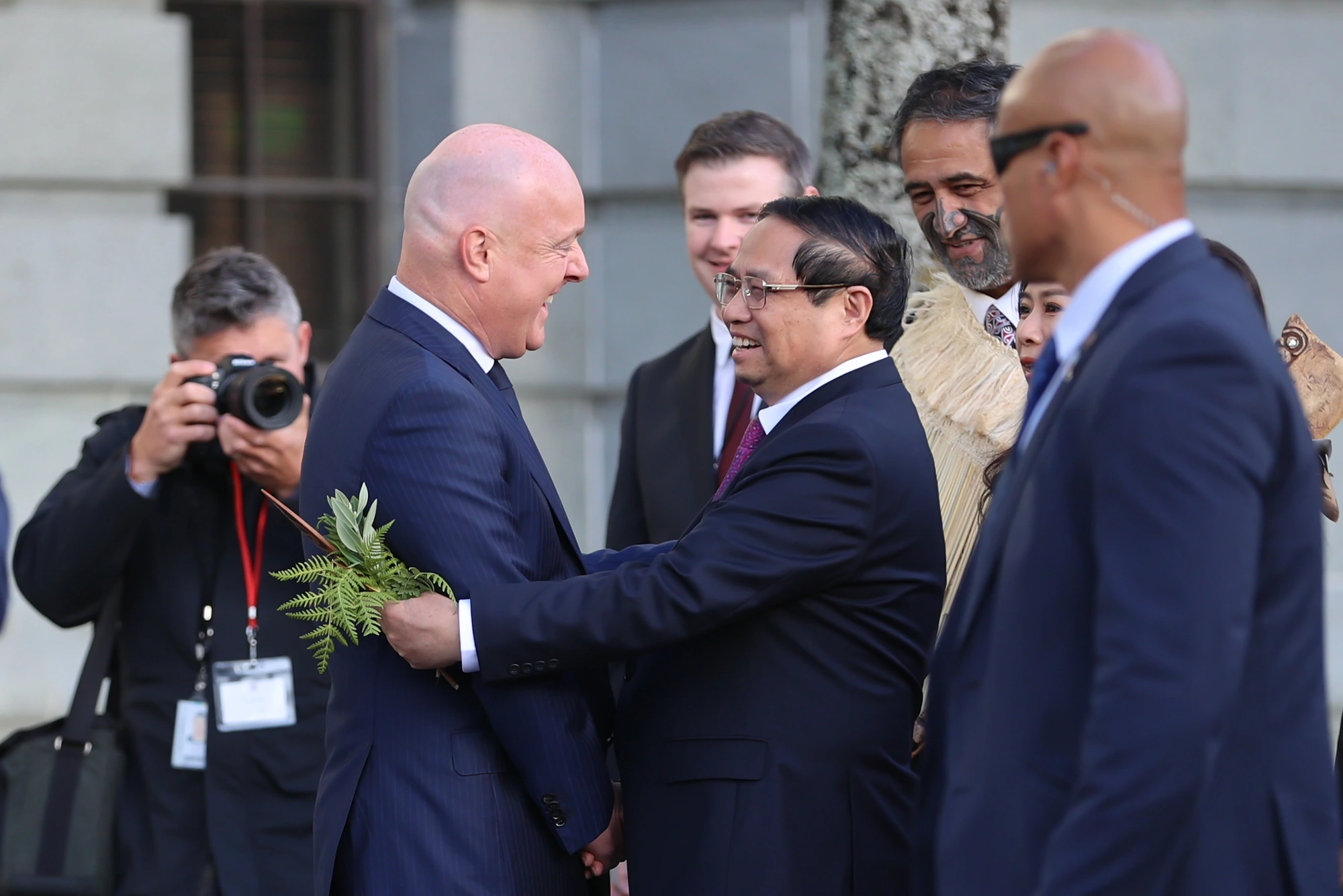
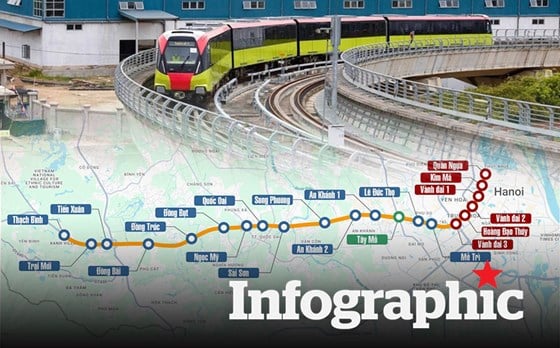
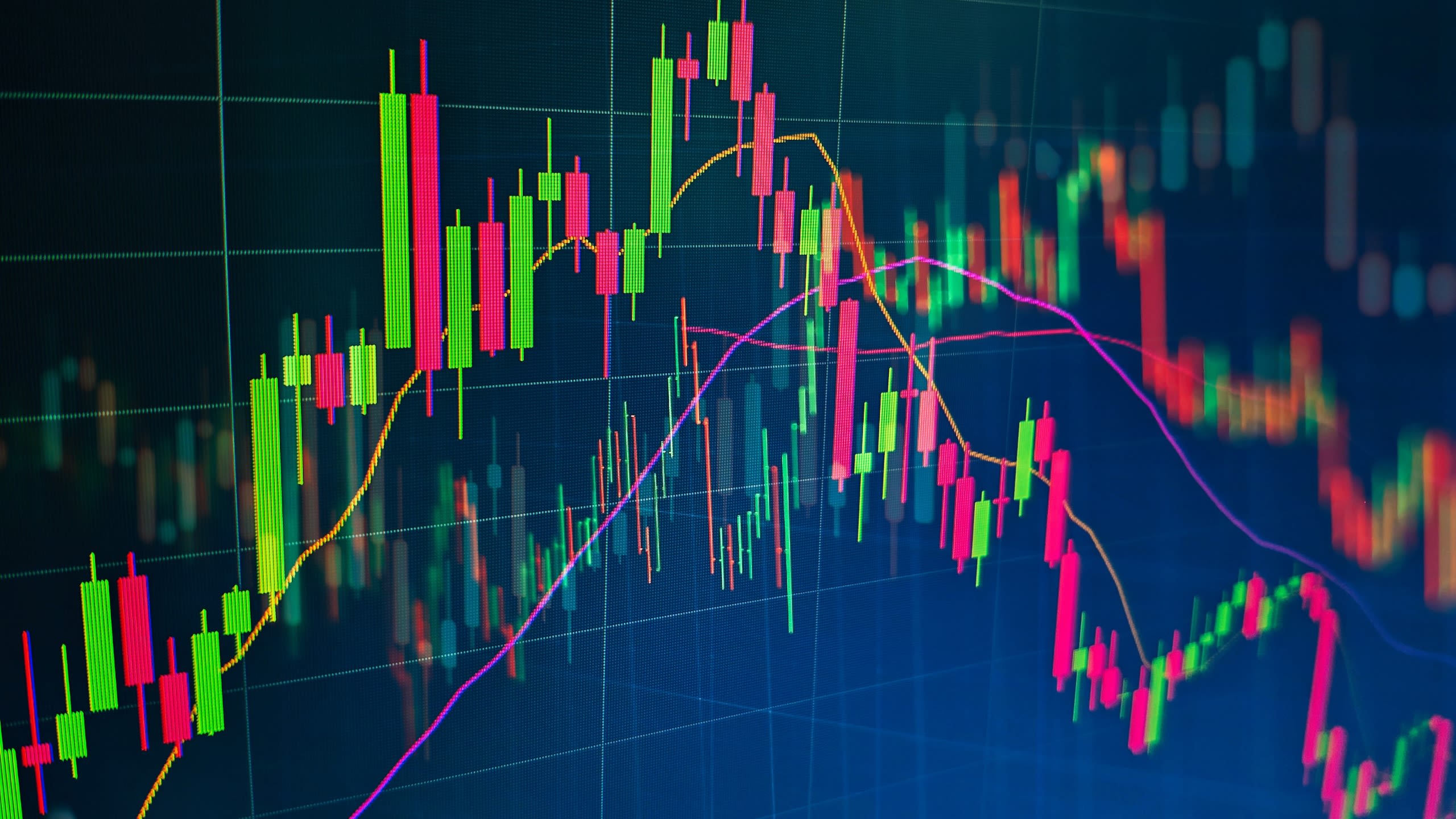

















Comment (0)